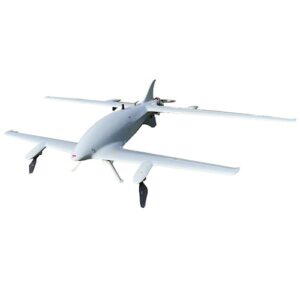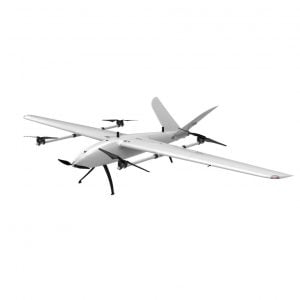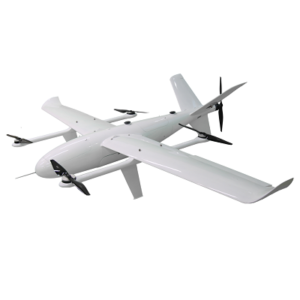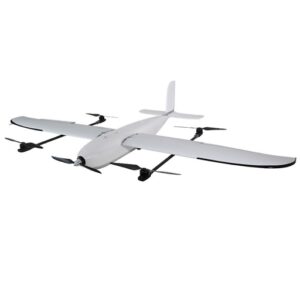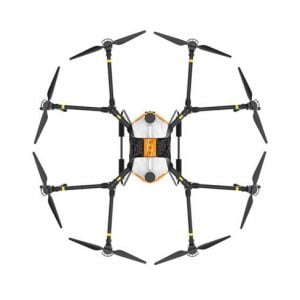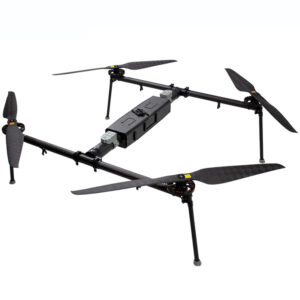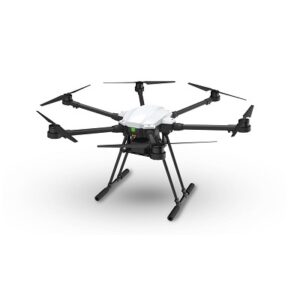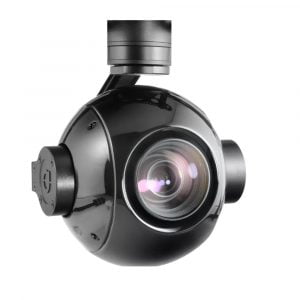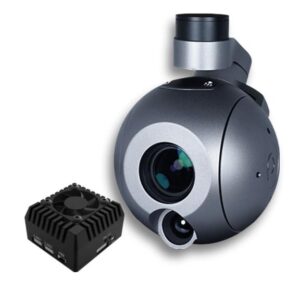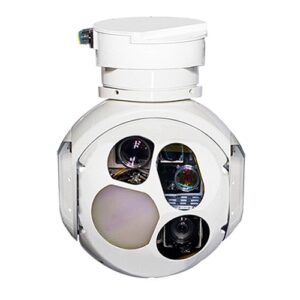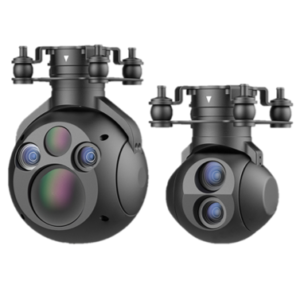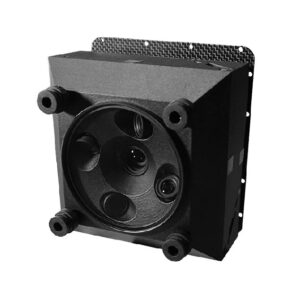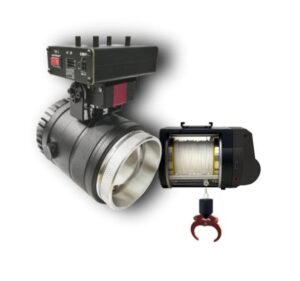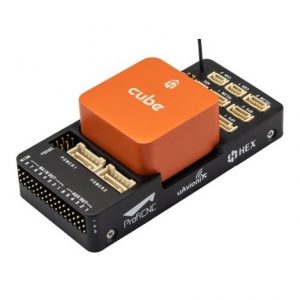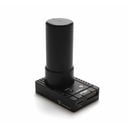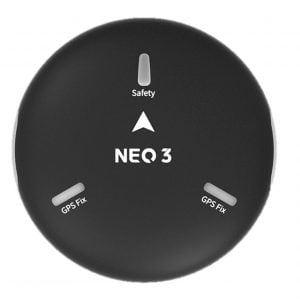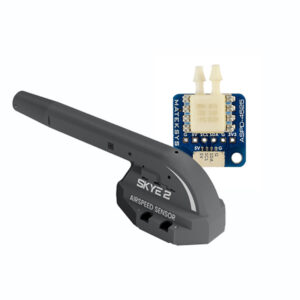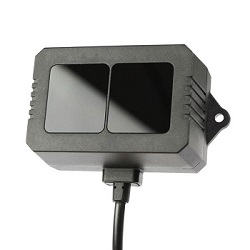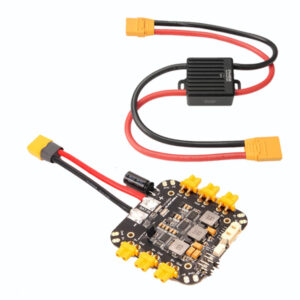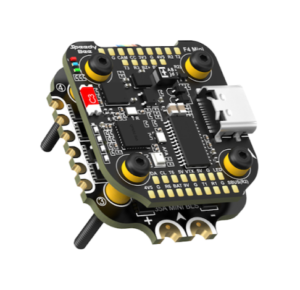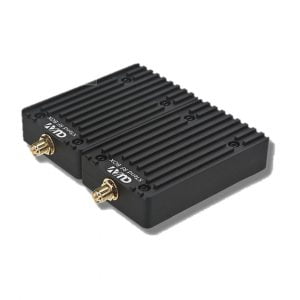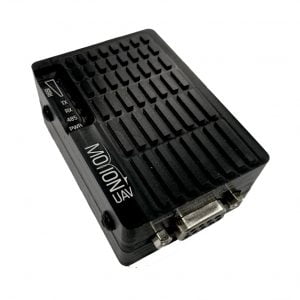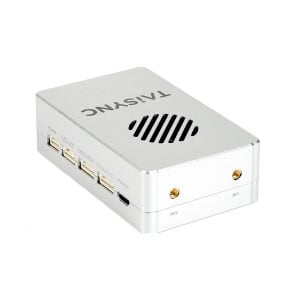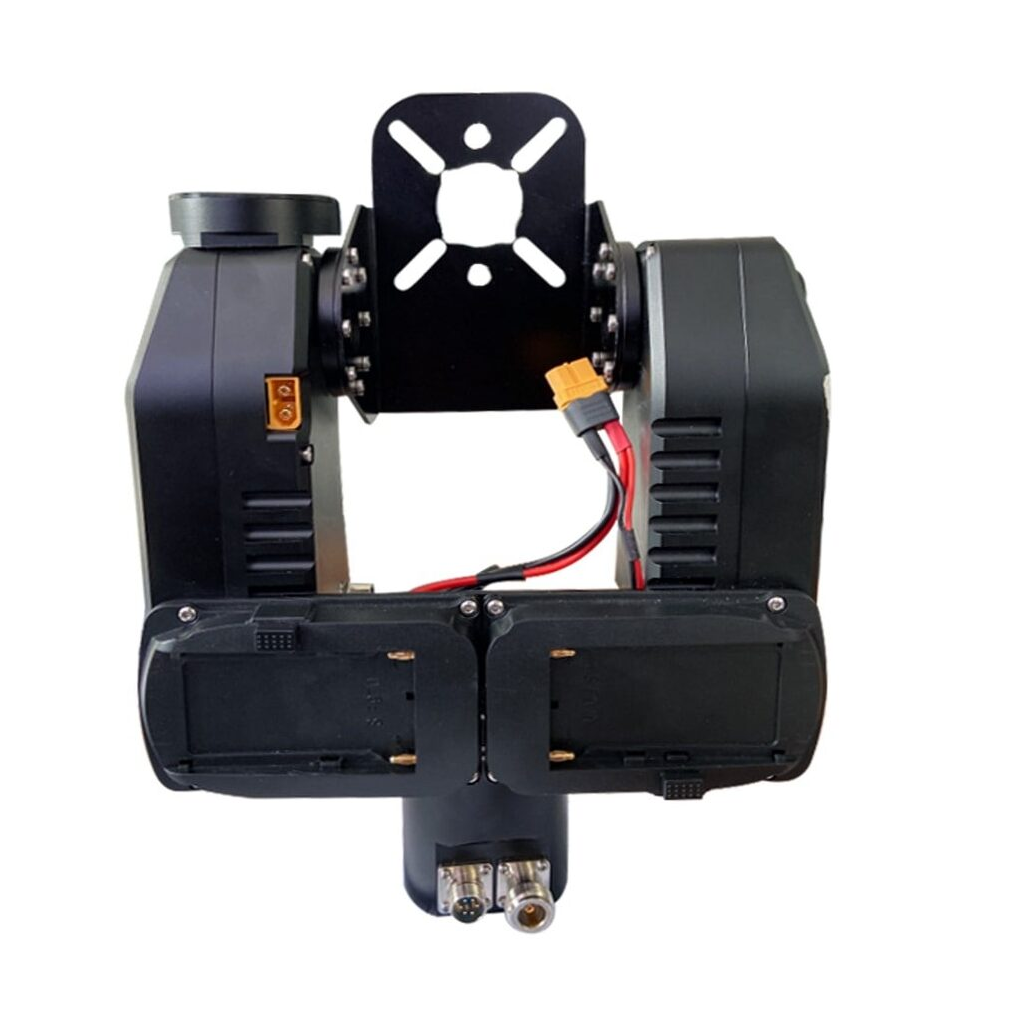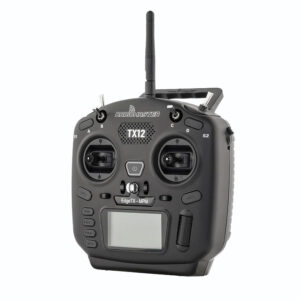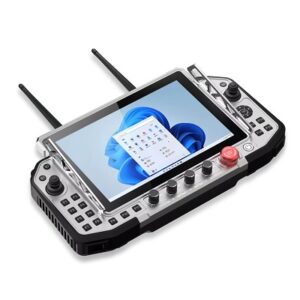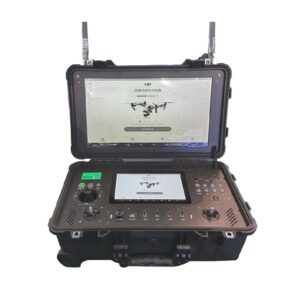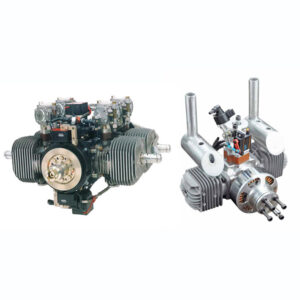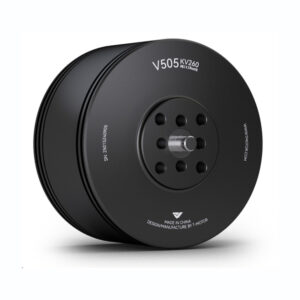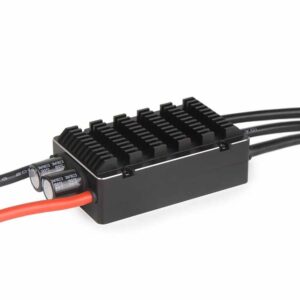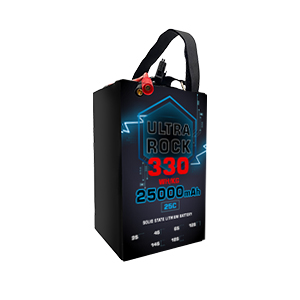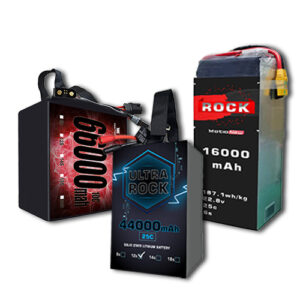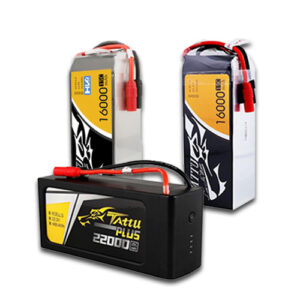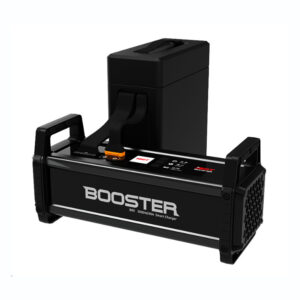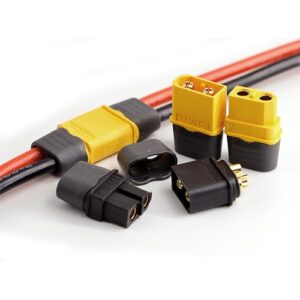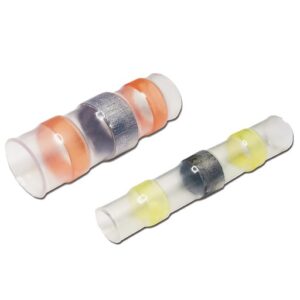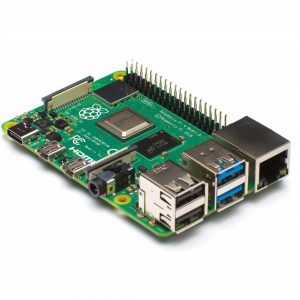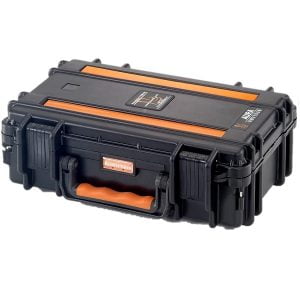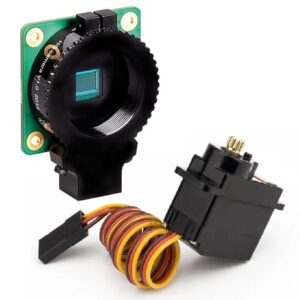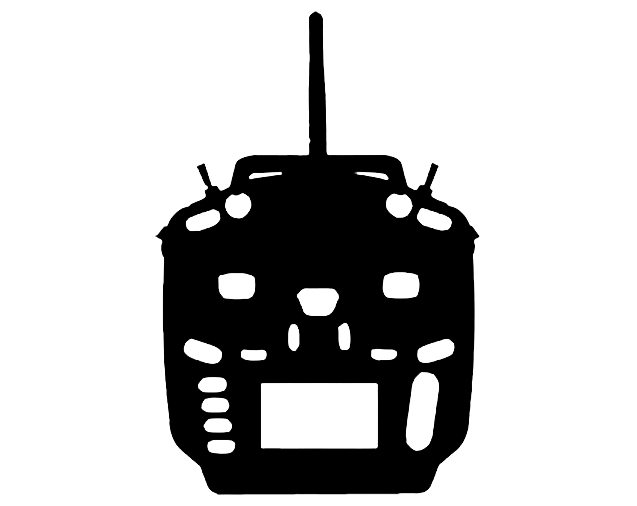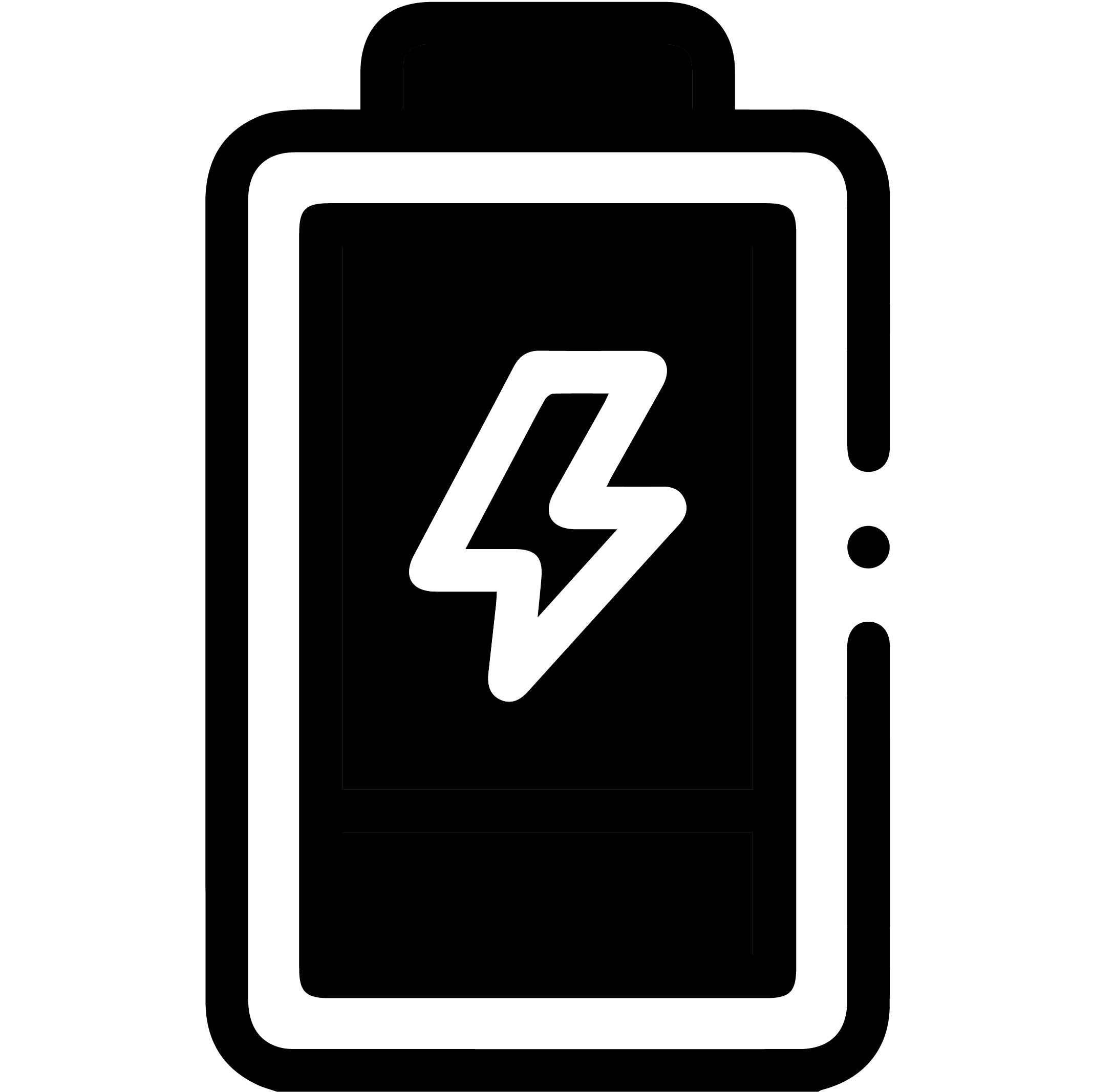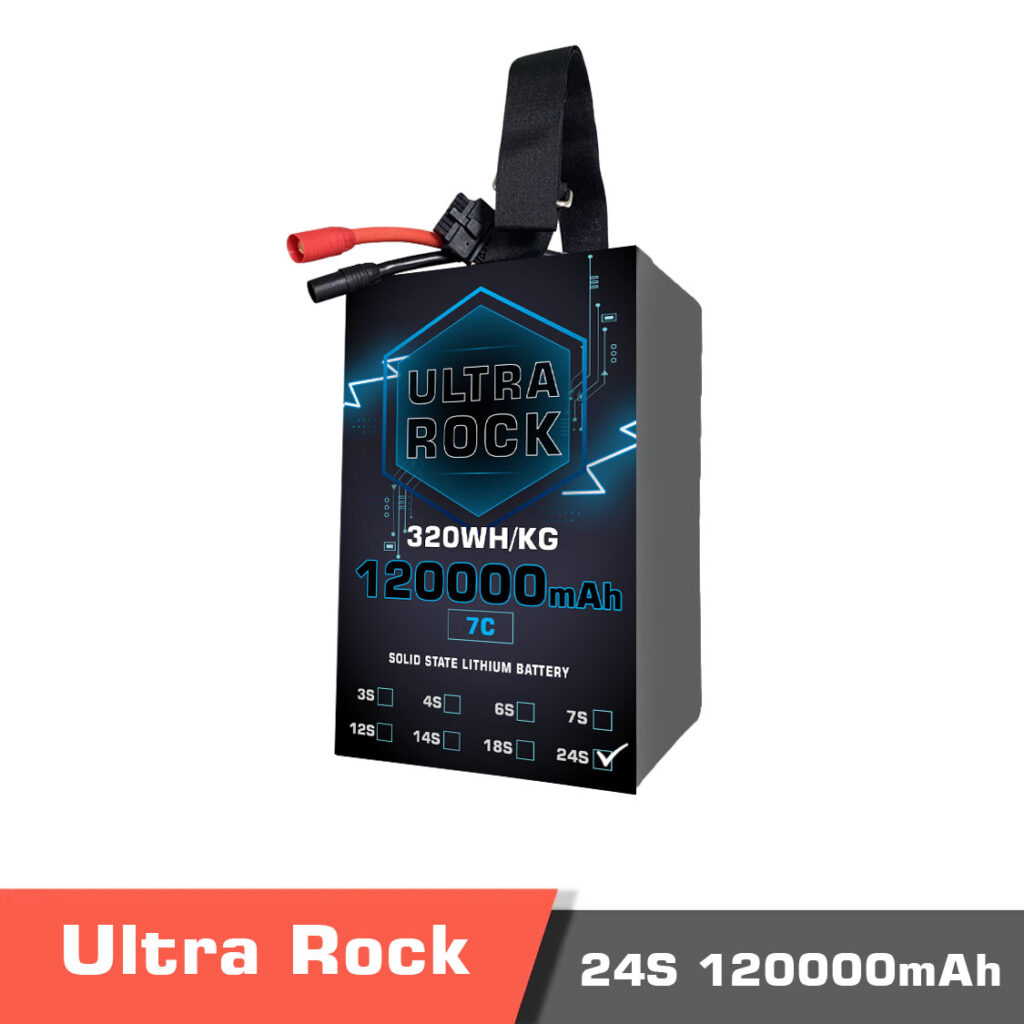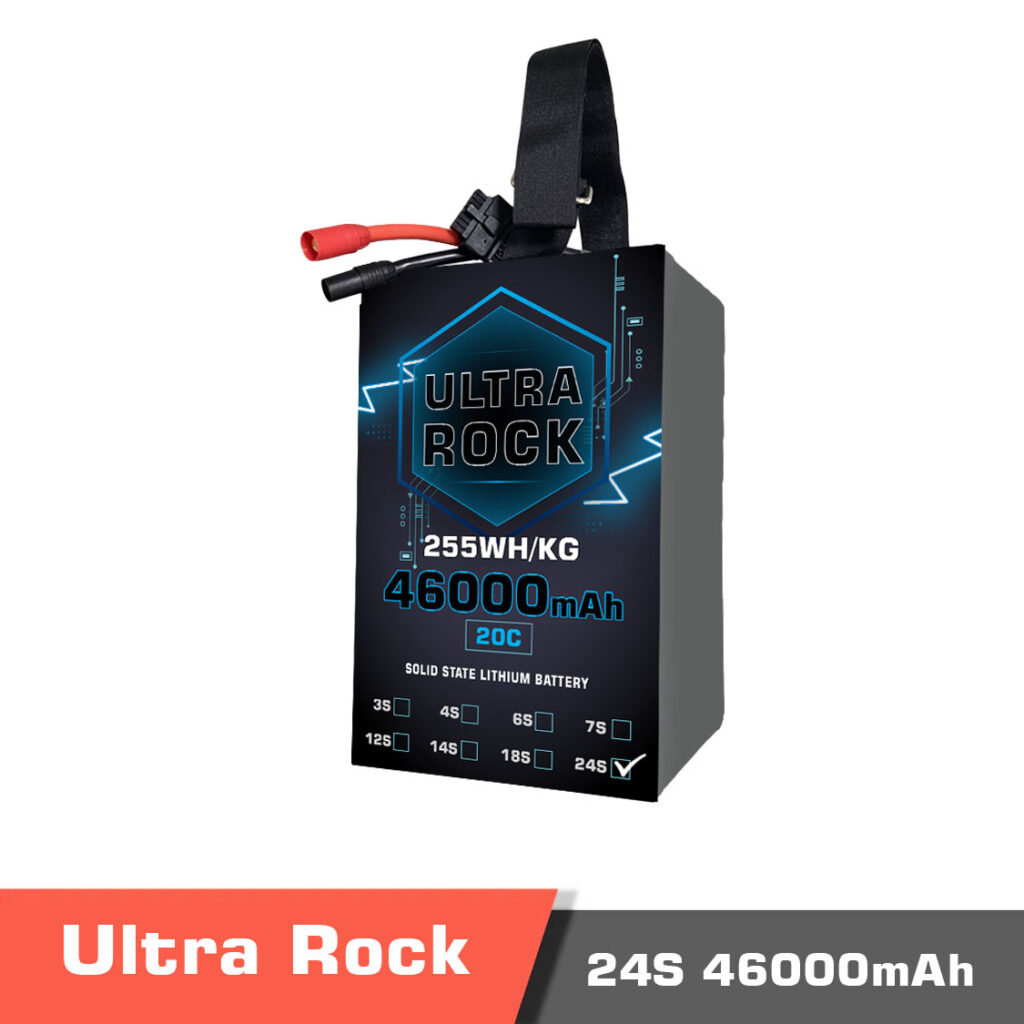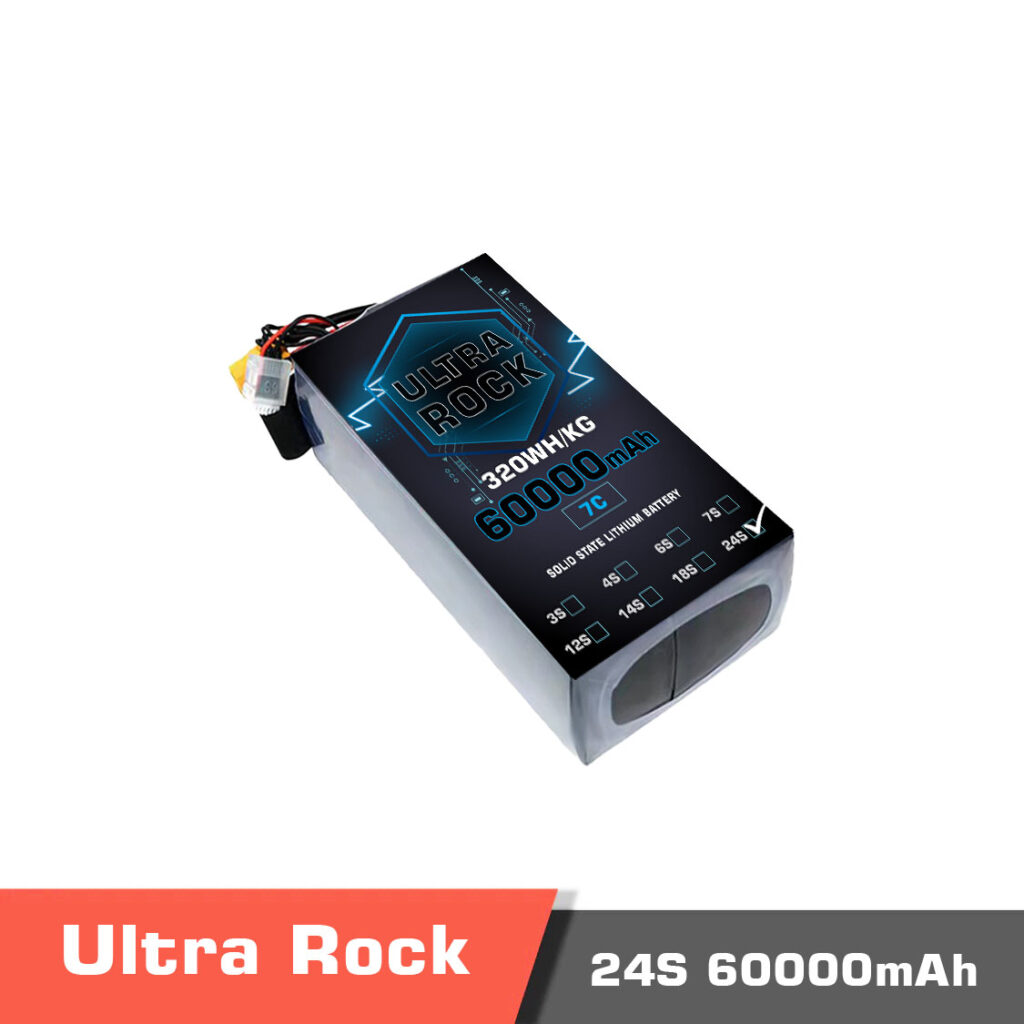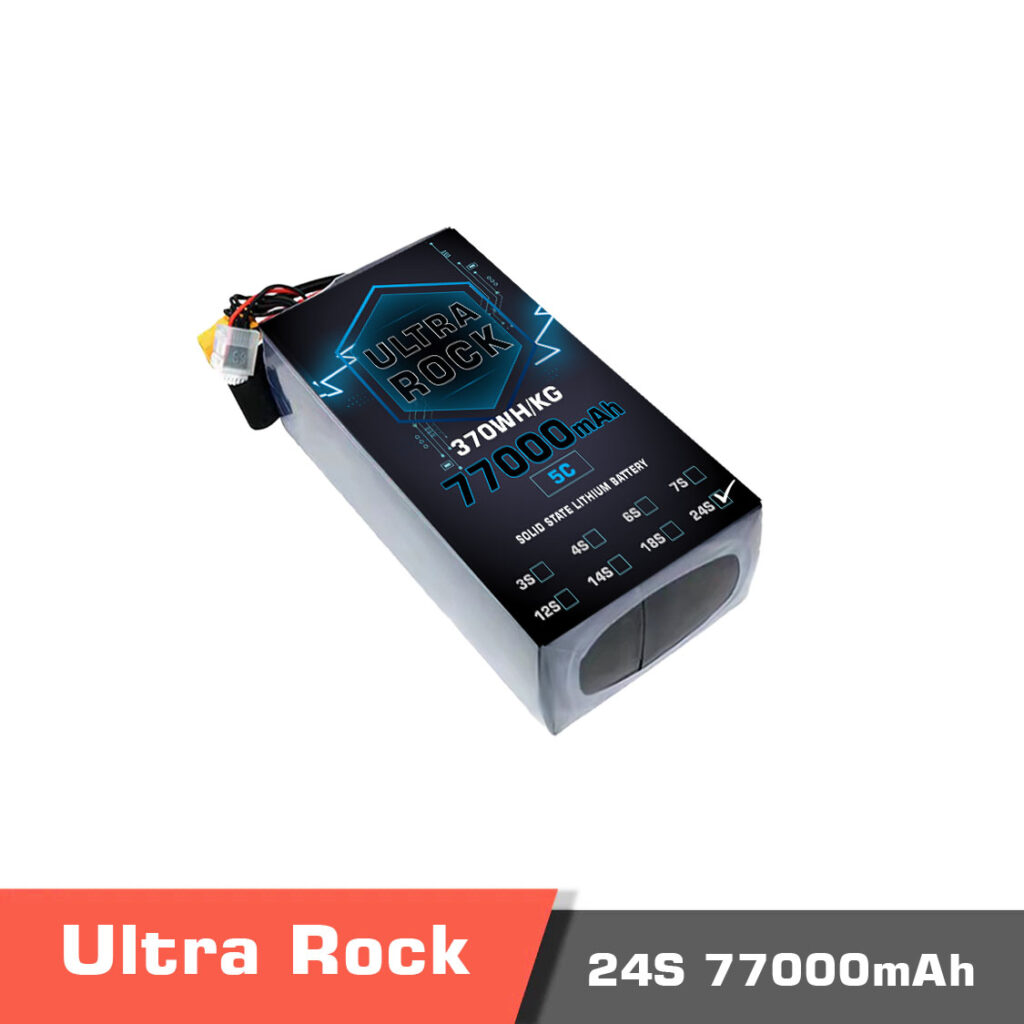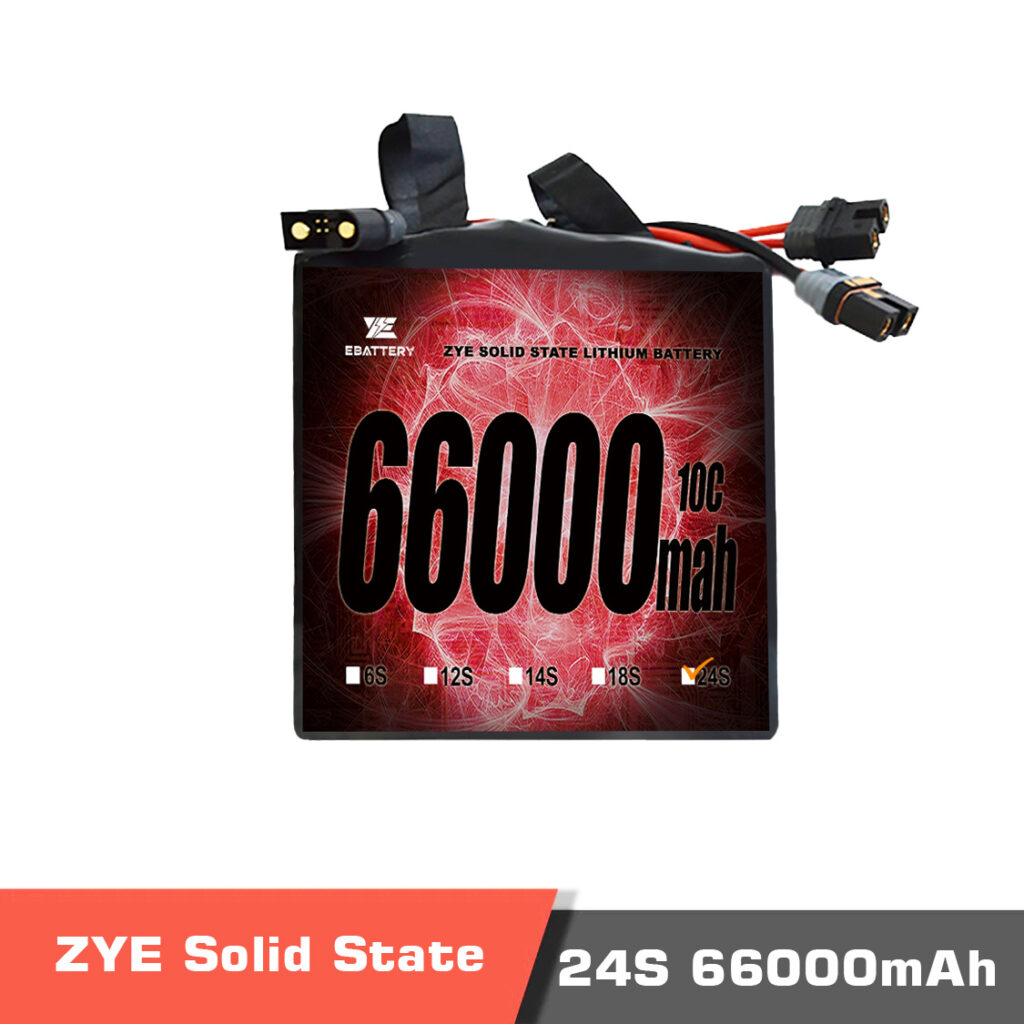24s battery
What is a 24S battery?
Solid-state batteries and semi solid-state batteries are manufactured in the form of a single cell, and then these cells are connected in series to each other to form a pack of battery that has the required voltage at the output.
How many cells are in a 24S battery pack? As the name suggests, a 24S battery uses 24 individual cells of the battery in series to form a 24S configuration.
Packing battery cells
Multiple individual battery cells are connected together to build a complete battery pack. How these cells are arranged — in series, parallel, or a combination — directly determines the pack’s voltage and capacity.
Series connection (S)
In a series configuration, the voltages of the cells add up, while the capacity (Ah) remains the same as that of a single cell.
This is how you achieve higher voltages needed for powerful applications like large drones, electric vehicles, and industrial robots.
For example:
-
In a 24S battery pack, there are 24 cells connected in series.
-
If each cell has a maximum voltage of 4.2V (standard Li-ion), then:
-
If using ultra high voltage (UHV) cells with 4.45V max, it becomes:
During operation, voltage drops depending on the battery’s state of charge. For example:
-
A nominal voltage for a typical Li-ion is:
-
And the cutoff voltage (discharged state) might be:
This explains why system components like motors, ESCs, and controllers must be rated to handle these voltages safely.
Parallel connection (P)
In a parallel configuration, the capacities add up, giving more energy storage and allowing the battery to deliver higher current, while the voltage remains unchanged.
For example:
-
Connecting two 24S 66,000mAh packs in parallel gives:
at the same voltage of around 100.8V.
This significantly extends the operation time of devices such as UAVs or electric machinery without increasing the system voltage.
Combined configurations (S + P)
Manufacturers often use a combination, such as 24S2P, meaning:
-
24 cells in series for high voltage
-
2 parallel strings for double capacity.
This modular approach allows them to tailor battery packs precisely to meet the energy and voltage needs of each application — whether it’s an industrial drone requiring longer flight time, or an AGV (Automated Guided Vehicle) demanding both high voltage and endurance
Applications of 24S battery
What types of devices or applications are 24S batteries commonly used in? 24S batteries can be used in any device or vehicle that runs on electric power. Are 24S batteries suitable for high-power applications like electric vehicles or drones? Of course they are suitable.
But you have to make sure that the output voltage level is compatible with all the components that you are using in your vehicle.
For example, in a drone, the most important thing that you should check is the input voltage range of your motors and ESC or speed controllers. If they support 24S, they you have no problem using a 24S battery pack to power your propulsion system.
Lifespan of a 24S battery
What is the expected lifespan of a 24S battery? It depends on many factors. There is a shelf life defined for batteries which can be one year or more, which is the amount of time the battery stays healthy in its original packaging without being used.
This can depend on the manufacturer, type of the battery, and storage environment. Batteries also have a life cycle which is the number of times that a battery can be charged and discharged without deduction in its performance.
How should a 24S battery be stored and maintained? The health status of the battery is highly dependent on how it is used, and stored. The battery should be stored in the storage temperature recommended by the manufacturer.
If you have fully charged your battery, it should be discharged to nominal voltage before storage, which can be found in the datasheet of the battery and depends on the type of the battery (whether it is a Li-Po, High voltage Li-Po, or other types).
Most of the battery chargers have predefined programs and automatically discharge the battery to the desired voltage level.
Number of cells of a battery pack and its chemical components
Different materials and different manufacturing processes can be used to manufacture a battery cell. Common battery materials include LiPo, Li-ion, Li-Fe, or other types.
This manufacturing process has an effect on both the maximum voltage of each cell, as well the discharge capacity.
What is the typical discharge rate of a 24S battery? For example a 24S Li-Po battery can have a high discharge rate of more than 30C, while a 24S Li-ion battery offers lower discharge rates of around 3C to 5C.
What does it mean when we say the discharge rate of a battery is 10C or 20C? It directly depends on the capacity of the battery. So the discharge rate times the battery capacity determines the maximum current that can be drawn from the battery. So a 24s battery with 66000mAh and 3C discharge rate can provide 3×66000=198000mA current. There is also another parameter which refers to the Continuous Discharge Rate and Maximum or Peak Discharge Rate.
Maximum discharge amount can only be provided in a limited time designated in the datasheet of the battery and is higher than the continuous discharge rate.
Weight and Dimension
What is the weight and dimensions of a typical 24S battery pack? It depends on the type of the battery and the manufacturing process as well as its capacity.
For example, a ultra high voltage 24S 66000mAh battery has a 250x163x246mm size and 21kg weight. The models with lower capacity have lower dimensions and weights.
For example a 24S 35000mAh has 205*138*248mm size and 14.3kg weight.
